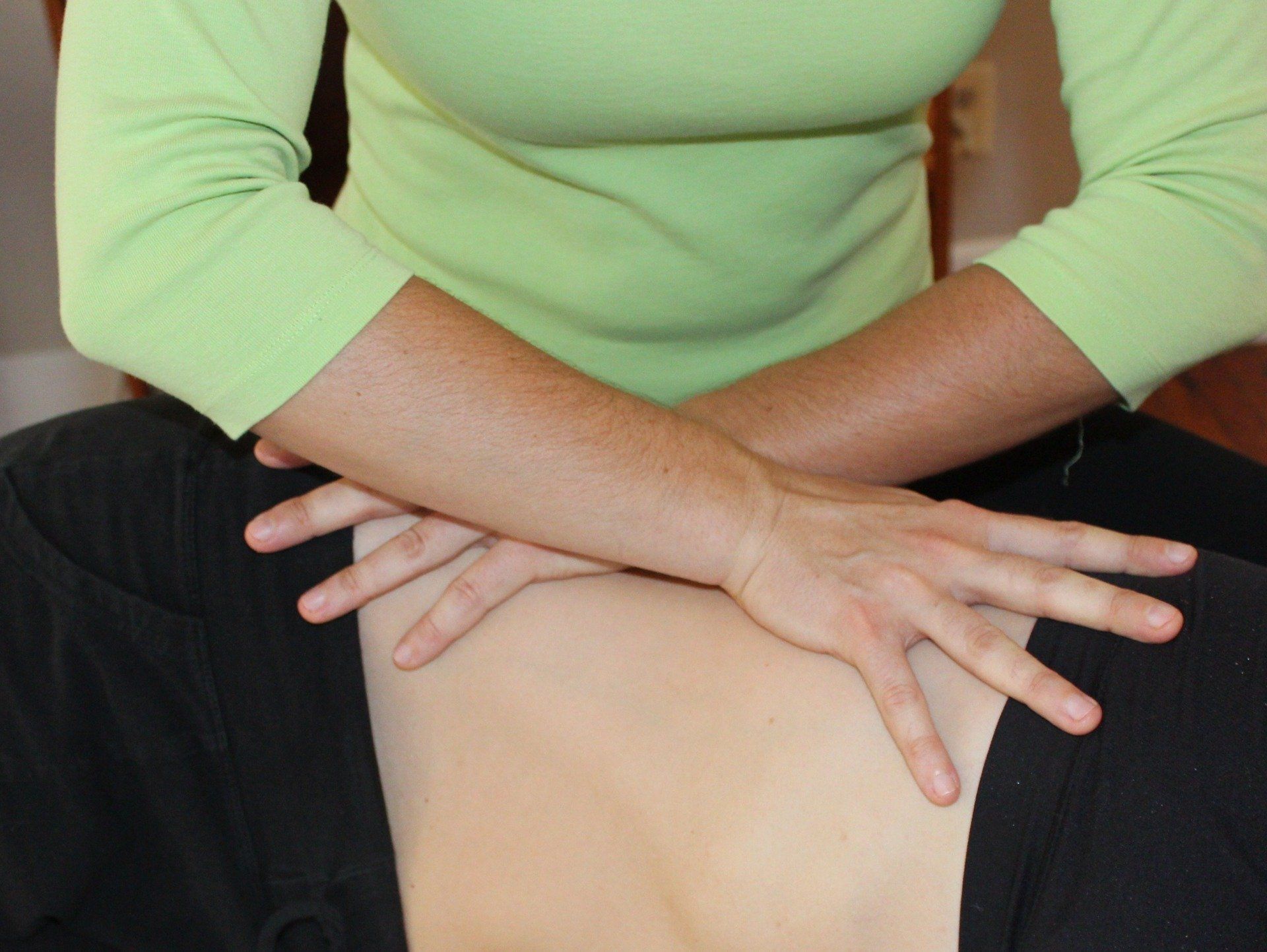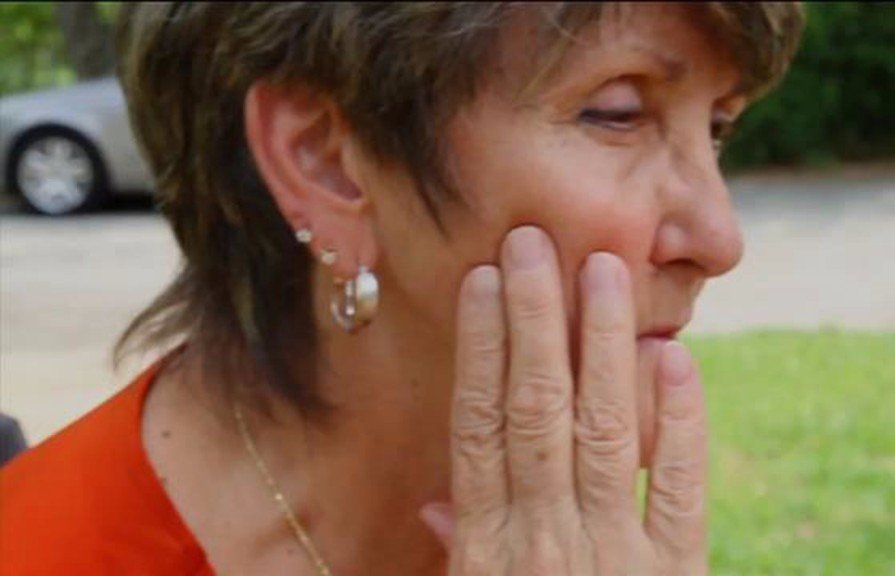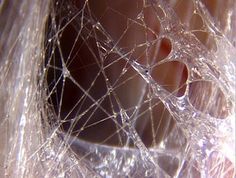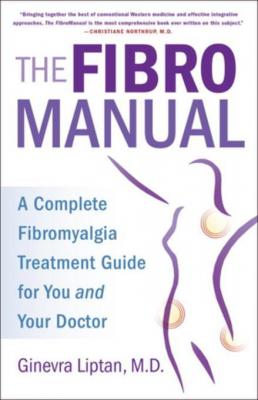Myofascial Release as an Alternative or Adjunct Cancer Therapy: Biomedical Research and Scientific Rationale
Elena Gournelos • July 11, 2017
Myofascial release can be a powerful adjunct therapy for cancer, reducing side effects of traditional therapy, improving quality of life, and even affecting the cancer cells themselves!
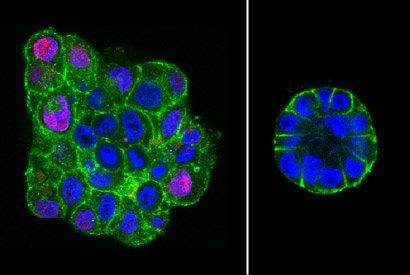
If you are interested in the nitty-gritty of fascia and biomedical research, then this article is for you. And if you are interested in the biomedical research supporting massage or myofascial release for cancer patients, this article is doubly
for you!
As you may know from reading my bio here on this website, before I became a myofascial release practitioner I was a biomedical researcher at the National Institutes of Health and the University of Maryland School of Medicine. Although I no longer do such work, I still have a soft spot for science, and I was compelled to write this article after hearing so much negative, misleading or downright false information about massage and cancer. I found that many cancer patients were not getting the help they needed because they had heard false rumors that massage could spread cancer. So in service to cancer patients everywhere, I'm here to set the record straight.
Unfortunately, research in myofascial release is fraught with difficulty. The main reason for this is that there is no placebo for bodywork ... in other words, there is no "fake" myofascial release. Both the patient and the practitioner know if real myofascial release is being done or not. So, any study on MFR cannot be considered "double blind placebo controlled" and is therefore automatically rejected by the medical community regardless of what the results might be. Still, we can piece together research from many different fields, most notably the fields of biophysics and mechanobiology, and come up with a pretty compelling picture of how the sustained pressure of MFR may benefit cancer patients. Read on!
The John F. Barnes Myofascial Release Approach is a highly specialized manual therapy which focuses entirely on the fascial system. Developed over the last 50 years by John F. Barnes, PT, this work goes beyond conventional massage and physical therapy modalities, and employs slow, gentle, sustained pressure to induce a phase change in the ground substance of the fascia from a gel to a more liquid state (1). This frees the collagenous component of the fascia embedded within the ground substance, restoring fluid motion and relieving the pressure restricted fascia exerts on internal organs and other structures (2) while the extra space created in the extracellular matrix allows nutrients and waste products to flow in and out of cells more efficiently. In addition to pain relief, patients often feel lighter, both physically and emotionally. They often notice benefits such as elevated mood and improved cognitive and digestive functioning, even when these issues have not been their primary reason for seeking therapy. Often, they are simply happier.
The physiological mechanism of myofascial release incorporates both the piezoelectric nature of the fascia itself as well as mechanotransduction to transform the extracellular matrix, ie the environment in which all our cells live; in this way, mechanical forces may be translated into biochemical changes within the cell. Decades of research by Dr. Alfred Pischinger (3) has shown that fascia surrounds and connects every cell in our bodies and provides a mechanism for intercellular communication. Each one of our 35-75 trillion cells is embedded with the fascial bed of tissue, and this tissue is the immediate extracellular environment of all cells. Any substances or vibrations that enter or leave each cell must pass through this extracellular fascia. In addition, the in vivo fascial research of the French surgeon Dr. Jean-Claude Guimberteau (4, see photo) has provided extensive, paradigm shifting insight into the physiology and function of living fascia, showing the fractal nature of connective tissue and the contiguous transmission of mechanical forces from the surface of the skin to the nucleus of the cell and the depths of the bone. In fact, current research in mechanobiology “clearly demonstrates that mechanical forces are as important biological regulators as chemicals and genes, and it shows the immense potential of developing mechanotherapies to treat injury and disease.” (5)
In addition, research shows an increase in interleukin-8, 3, and 1b with sustained pressure (6) and CD19 with myofascial release techniques, (7) and mechanical compression of malignant mammary cells has been shown to not only stop but revert the cells' abnormal growth in vitro. (8, see photo) And of course, there is a significant body of research which supports the use of massage for palliative care in cancer populations. (9,10,11)
Moreover, it must be noted that to date, there is no biomedical research which supports the theory that massage or myofascial release promote cancer metastasis. Neither an recent (June 2017) pubMED search, a National Library of Medicine medical librarian-assisted search, nor inquiries with the National Cancer Institute and The National Center for Complementary and Integrative Health have produced any evidence that massage or myofascial release increase the risk of cancer metastasis.
Myofascial release practitioners have seen the positive effects of this work in cancer patients for decades. Unfortunately, research often lags behind clinical experience, since it takes years of dedicated work by scores of scientists before therapies become accepted as “evidence based.” Additionally, alternative medical approaches are particularly difficult to research using standard methodology because they do not lend themselves well to double blind placebo controlled trials. Still, the potential benefits of myofascial release should not be ignored. There is no evidence of harm, and a growing body of evidence of great therapeutic possibilities.
Now that you've got the research, do you want to read a more personal story about MFR and cancer? Read Rachel's testimonial here...
References
(1) Pollack, GH. Phase transition: a mechanism for action. In: Pollack, GH, ed. Cells, Gels, and the Engines of life. Seattle WA:Ebner and Sons, 2001: 126-129
(2)Barnes, JF. Myofascial Release: The Missing Link in Traditional Treatment. In Davis CM. Integrative Therapies in Rehabilitation: Evidence for Efficacy in Therapy, Prevention and Wellness. Fourth ed. Thorofare, NJ: Slack Inc, 2017: 57-74
(3)Pischinger, A. The Extracellular Matrix and Ground Regulation: Basis for a Holistic Biological Medicine. North Atlantic Books, 2007
(4)Guimberteau JC, Armstrong C. Architecture of Human Living Fascia: The extracellular matrix and cells revealed through endoscopy. Handspring Publishing, 2015
(5)Wyss Institute for Biologically Inspired Engineering at Harvard. “Newfound strength in regenerative medicine: A promising new approach uses direct mechanical stimulation to repair severely damaged skeletal muscles.” ScienceDaily, 25 Jan 2017. www.sciencedaily.com/releases/2016/01/160125185041
(6)Cao TV, Hicks MR, Campbell D, Standley PR. Dosed myofascial release in three-dimensional bioengineered tendons: effects on human fibroblast hyperplasia, hypertrophy, and cytokine secretion. Journal of manipulative and physiological therapeutics. Oct 2013;36(8):513-521
(7)Fernández-Pérez AM, Peralta-Ramirez MI, Pilat A, Moreno-Lorenzo C, Villaverde-Gutierrez C, Arroyo-Morales M. Can myofascial techniques modify immunological parameters? J Alt Compl Med. 2013;19(1):24-28
(8)University of California – Berkeley. “to revert breast cancer cells, give them a squeeze.” ScienceDaily, 17 Dec 2012. www.sciencedaily.com/releases/2012/12/121217140544
(9)Lee SH, Kim JY, Kim SH et al. Meta-Analysis of Massage Therapy on Cancer Pain. Integr Cancer Ther. 2015 Jul;14(4):297-304.
(10) Taylor AG, Snyder AE, Anderson JG et al. Gentle Massage Improves Disease- and Treatment-Related Symptoms in Patients with Acute Myelogenous Leukemia. J Clin Trials. 2014; 4:1000161.
(11)Toth M, Marcantionio ER, Davis RB et al. Massage Therapy for Patients with Metastatic Cancer: A Pilot Randomized Controlled Trial. J. Altern Complement Med. 2013 Jul; 19(7): 650-656

There are many causes of fatigue, including stress, anxiety, and depression as well as conditions such as fibromyalgia, chronic fatigue syndrome, adrenal fatigue syndrome, adrenal insufficiency, and auto-immune disorders. Often, the symptoms of adrenal fatigue are sub-clinical, which means they cannot be detected by standard medical tests. Myofascial release and cranial work can be very helpful in all these situations. Either as a stand-alone therapy or part of a larger treatment plan, myofascial release and cranial work help relax, rejuvenate, and energize the body, mind and spirit on a very deep level.

Many cases of foot pain, including plantar fasciitis and metatarsalgia, may not actually originate in the feet. Often, there are fascial restrictions present in other parts of the body (such as the legs, pelvis, and cranium) which are the real culprit. These fascial restrictions create tension in the body's matrix of connective tissue which is ultimately transferred all the way down to the feet, causing pain and discomfort. Myofascial release and cranial work are effective ways to release the extra tension in the body, freeing the feet from their extra burden and eliminating pain.
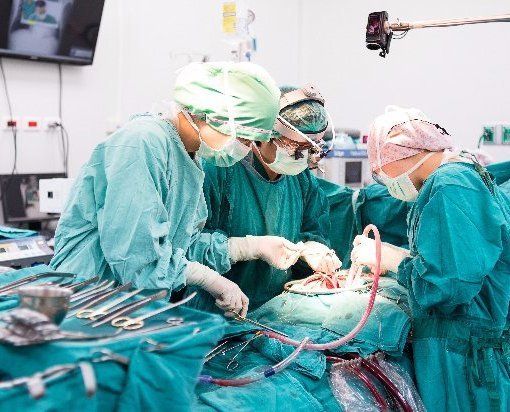
Surgery is a big decision. Considering all your options can be overwhelming, especially if you are experiencing significant pain and discomfort. Perhaps you've tried other therapies such as physical therapy, massage, and chiropractic, but with limited success, and you feel like there are no other options available to you. Don't despair! Myofascial release often succeeds where other therapies fail. And you don't have to abandon your current doctor, therapist or chiropractor to reap the benefits. .............. Why is the myofascial release approach so important? Myofascial release, especially when combined with cranial work, acts on a cellular level to release restrictions in the body that other therapies aren't able to address. Fascia is a matrix of connective tissue that is present everywhere in your body, surrounding and connecting every cell. It does not appear in X-rays, MRIs, or any other standard medical test. However, when fascia gets restricted, it can wreak havoc inside your body. Fascial restrictions have a tensile strength of 2000 lbs per square inch, and they can exert a lot of force on surrounding muscles, joints, and even internal organs, causing severe pain and dysfunction. Releasing these restrictions releases the pressure safely and naturally, returning your entire body to a fluid and responsive state. The result? Less pain, better functioning, and a healthier body. .............. So do you really need surgery? Maybe, maybe not. Myofascial release may be able to alleviate your symptoms and spare you the significant risk, expense, and inconvenience of surgery. And if you do decide to go under the knife, myofascial release can be used both before and after surgery to promote healing. Addressing restrictions in the connective tissue before the procedure may make your surgeon's job easier and decrease the risk of complications. Myofascial release after surgery may decrease the amount a scar tissue formed and speed up recovery time. In fact, myofascial release can even act synergistically to enhance the effects of other therapies. Because it never works in opposition to the body, combining myofascial release with chiropractic, acupuncture, yoga, or physical therapy can be a powerful approach to healing. When the fascia has been released, chiropractic adjustments hold longer, energy flows more easily through the body, yoga becomes easier, and physical therapy becomes more effective. So whether you choose to use myofascial release alone or in combination with surgery or other therapies, the benefits are immense, both for your body and your spirit. The sooner you are able to get back to living fully the better!

Hello everyone! As many of you know, I have always been a person who prefers personal, one-on-one communication. However, as time goes on, I'm finding there are some great topics that come up over and over again, and there are so many people who can benefit from these conversations. So, I have decided to start a blog in order share these insights and information, both yours and my own, and support our mutual growth and healing. Keep coming back to this site and check for updates right here on the blog! Also, I'd like to take this opportunity to thank everyone for their contributions, especially those of you who have shared your personal stories in the form of testimonials. Your healing experiences help to inspire others as they take their own steps toward health and wholeness.

